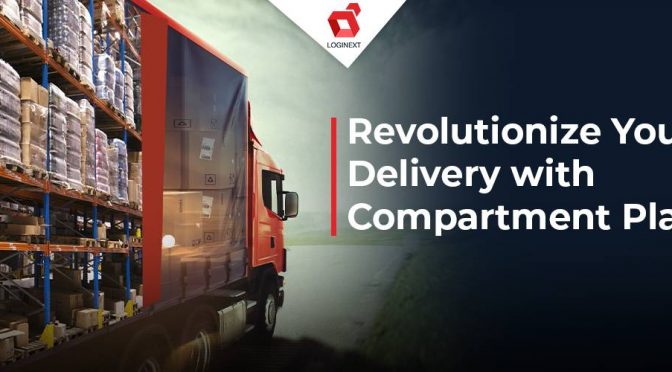
Revolutionize your retail delivery operations with compartment planning. This innovative strategy allows for the efficient transport of various goods in a single trip, optimizing vehicle usage and reducing costs. By using specialized compartments, you can ensure faster, more reliable deliveries, enhancing customer satisfaction and streamlining logistics solutions for retail chains.
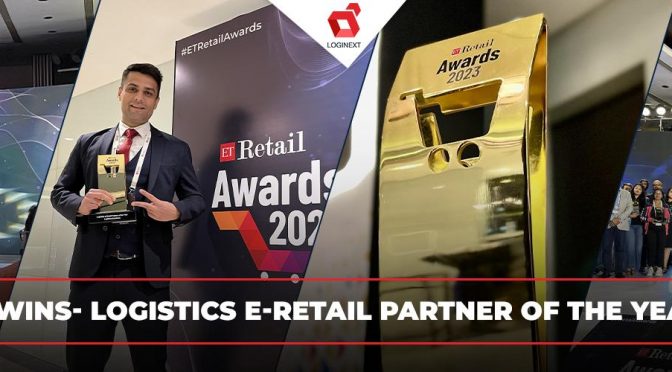
LogiNext Wins ET Retail- Logistics e-Retail Partner of the Year Award! It’s with immense pleasure to present to you that LogiNext has won the ET Retail award for the best logistics e-retail partner of the year. The awards were open to businesses that dealt with different segments like Retailers, e-Retailers, retail chains, malls, e-commerce […]
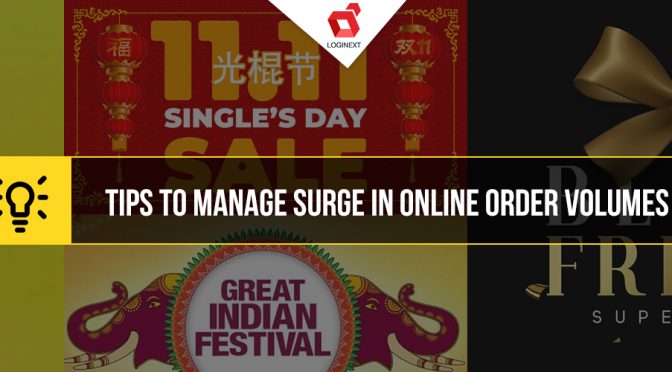
Do you have trouble managing fluctuations in eCommerce order volumes? Online sales and festivals are a key part of any retail brand’s strategy. As the festive season approaches or whenever a brand announces a special sale, there have to be preparations alongside to handle the fluctuations in order volumes. While a spike in sales […]
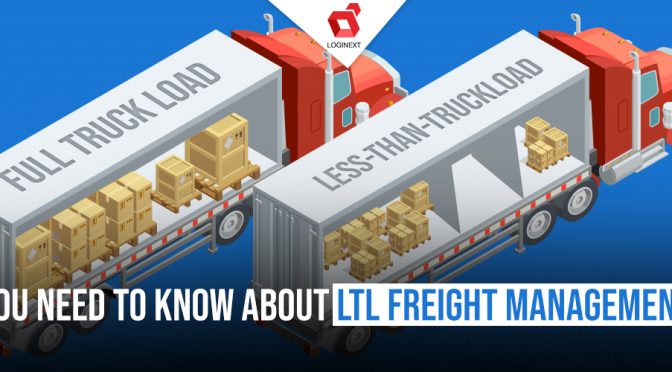
What is LTL Freight? And how can tech improve Freight Management? Logistics requirements are on the rise, with online deliveries taking the spotlight. The need to transport goods, whether from a residential area, commercial area, warehouse, hub, or nearby store, has put additional pressure on the shipping industry to ensure smarter and more efficient deliveries. […]
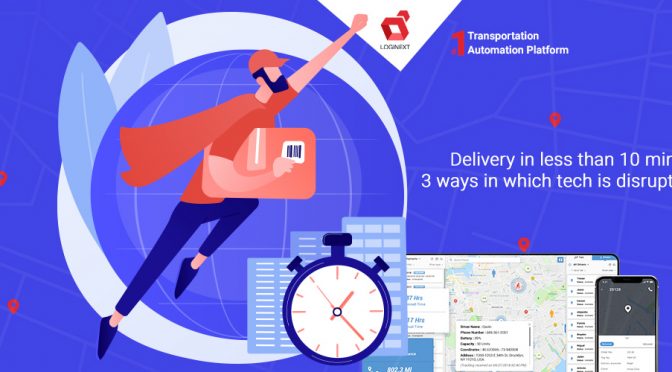
3 ways in which logistics technology is improving retail and eCommerce The age of ultra-fast deliveries is here. A revolution started by a fresh wave of technology startups, ultra-fast deliveries means delivery fulfillment within 15 or 10 minutes of placing an order. Getir, a Turkish startup that probably was the first one to come […]
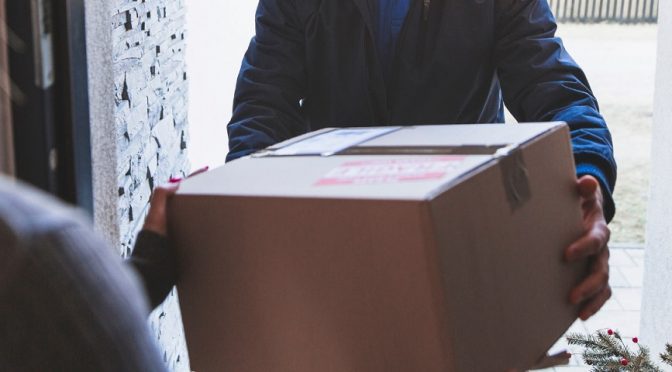
What’s with same-day or next-day deliveries? Well if haven’t forgotten important dates such as Valentine’s, Black Friday, or Thanksgiving, you won’t much appreciate the urgency of fast deliveries to save face. All’s well that ends well, and that’s why the right logistics technology, especially the last mile, is critical for flash events.
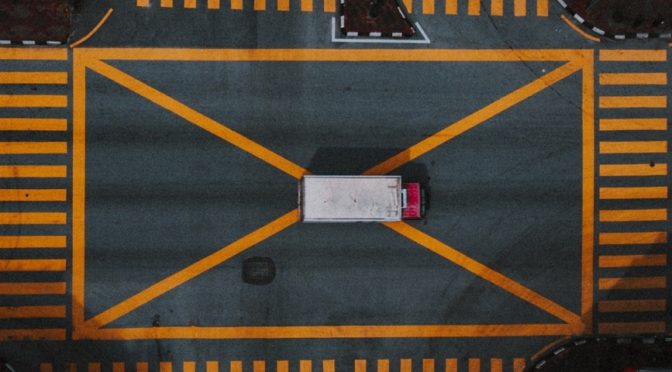
At the pace of current development, machine learning enabled delivery route optimization is the key to sustaining your brand to be consistently relevant for the upcoming future. To ensure that five years down the line you down get sidelined, get the right tech now.
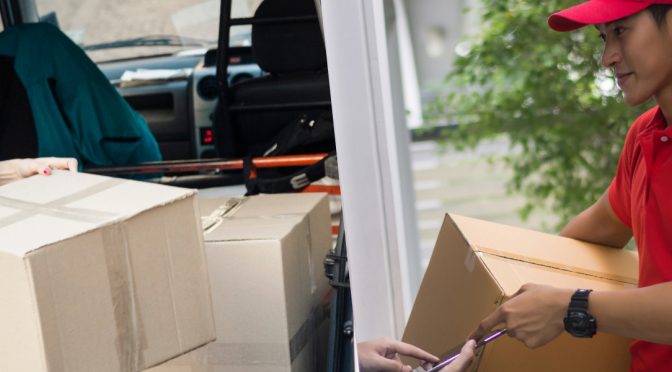
The top challenges, especially for CPG companies, are lack of proper delivery movement visibility, lack of control of actual on-ground logistics, delayed reaction time if anything goes wrong on-ground, over or under-utilized truck capacities, inaccurate estimated time of arrivals (ETAs), etc. LogiNext can help overcome all these and more.
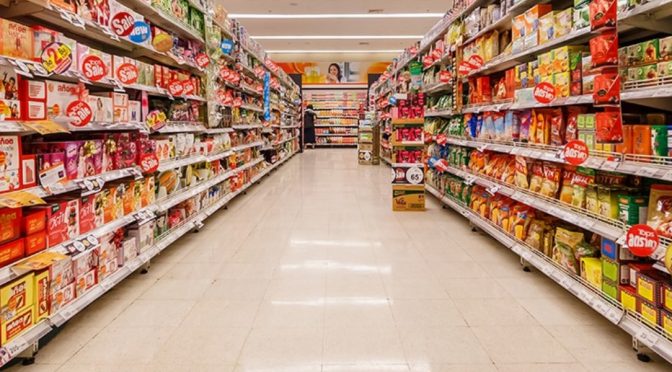
Consumer packaged goods (CPG) industry has been on a growth curve with a sustained CAGR of 10% possibly hitting $721.8 billion sales by 2020. Which side of this growth would your company stand on? One of the major driving factors for CPG, where bigger companies have their brands readily recognizable the world over, is being in the right place at the right time.
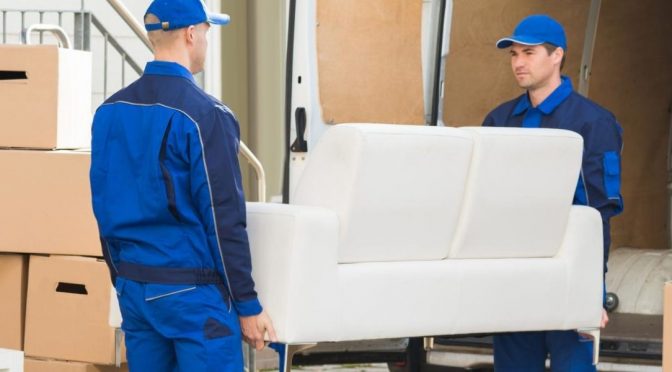
The client was one of the largest online home goods retailer in North America with more than 60 million active online users, 10 million hosted products, and 20,000 suppliers. LogiNext optimized their entire logistics movement with optimized carrier handling and high customer (delivery) experience.

Here are the top 3 things that’ll stay strong in 2019, shape how logistics is handled, and business is conducted across the globe. With the best delivery route planning software, logistics management would be more streamlined than ever before.

Why advanced delivery route planning is great for the global economy? Customers want fast deliveries. Companies want to deliver shipments faster and more efficiently using more resources at lower costs. They also want to become more reactive and agile in their delivery movement. These industries are becoming more customer-centric which is good for the economy. […]

The current path of logistics optimization demands a keen interest of the CIO, and this article is directed to bring them up-to-date with the benchmarks they should look for, paving the way for better business opportunities.
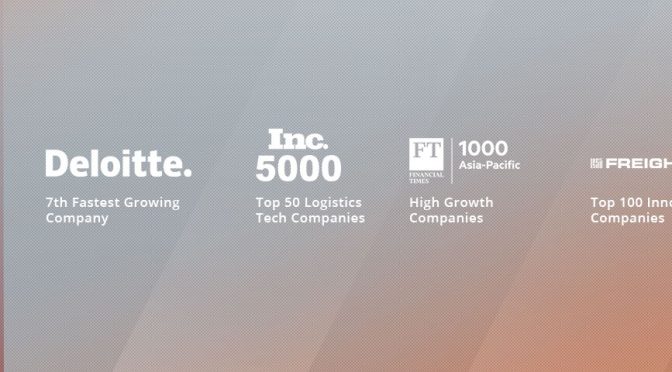
Tech is driving industries faster and faster. CAGR is keenly watched everywhere. Such tech needs leaders, and LogiNext has claimed its place, time and again, at the top of the chain.
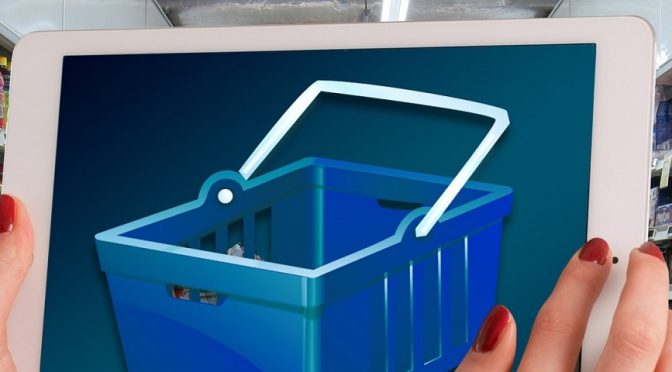
Retail and e-commerce are moving fast and merging along the line into a singular platform. What is driving this behavior for these mega-entities? What is the one factor which is bringing all of retail and e-commerce onto one platform?
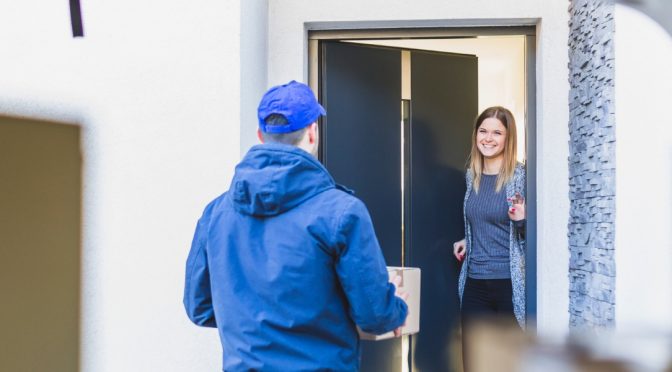
The Southeast Asian region would grow at 32% CAGR, reaching about $88 billion by 2025, Indian shores have taken up e-commerce strongly. Here, the market is slated to reach $64 billion by 2020, $200 billion by 2026, and surpass the U.S market by 2034
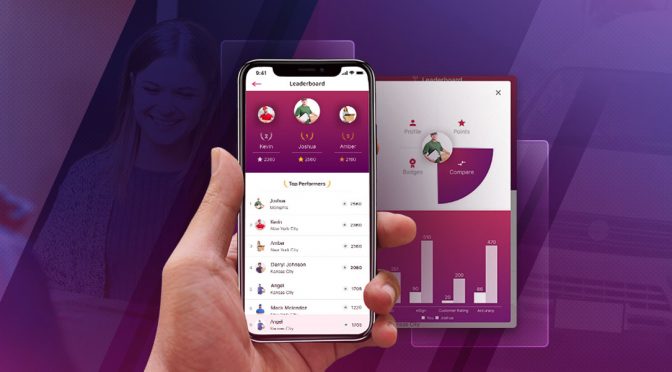
With LogiNext, high-end machine learning enabled logistics optimization rounds off at the end with human-driven achievements. In the world of fast-moving deliveries, this balance creates a sustainable and scalable model of efficiency.

Internet of things (IoT) with the latest in machine-learning backed algorithms are the way logistics would be optimized to meet all customer demands and requirements, right from fast shipping, live tracking and notifications, and on-time delivery with optimized final mile movement.
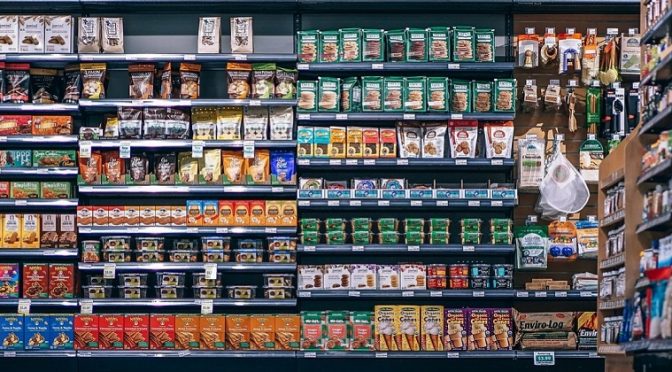
Retail, as we grown to recognize it, might not exist in the near future. This isn’t another retail doom warning. On the contrary, it’s about how the retail and e-commerce space is fast evolving. These players must give convenience wrapped in a neat delivery experience.
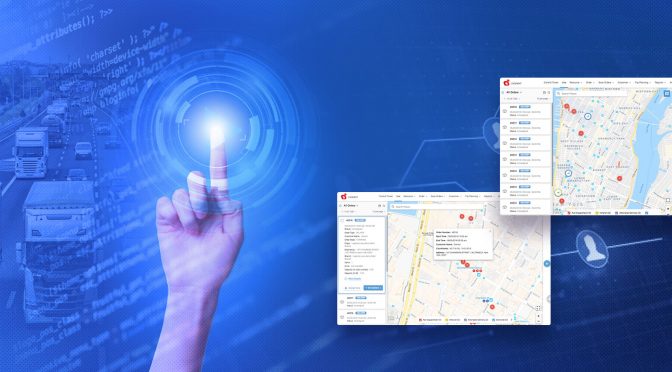
Gone are days of static analysis and planning. Deliveries are made not within charts and tables. They are made live, so should their scheduling and routing. All live. You know everything one glance, you can do everything in one click.
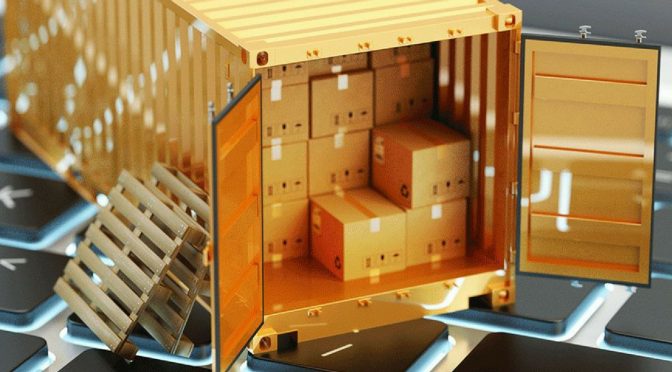
Amazon’s prime day upped the utilization of their fulfillment centers by over 25%. They have made their logistics leg into a powerhouse which they keep leveraging to get ahead of the competition. O one hand they are losing money and on the other, they are continuously building value, much more than any other company. What’s the key here?
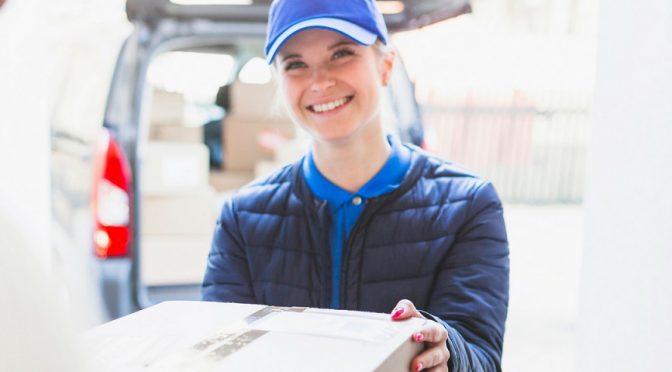
Companies can compete by making a better product. But it’s no longer enough. The company also must create a great delivery experience for the customer. Proper logistics movement optimization is key, not just to ensure quick and on-time deliveries, but also to boost customer satisfaction and retention.
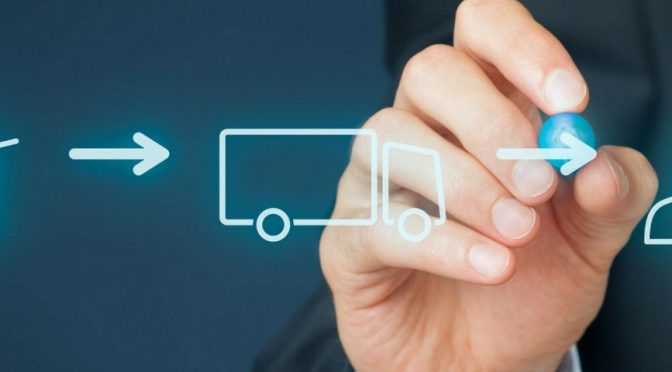
Ever wondered how some of these big-name e-commerce companies across the globe manage international sales events? It is only possible with tech creating shorter delivery routes and more successful (on-time) deliveries per day. This tech is the crux of what makes same-day delivery, not just a phenomenon but a reality.

Tech investment is not something you just write-off in your balance sheet, it’s about building for the future. With on-premise servers, even though the cost diminishes over time, their outdatedness increases. What’s the point of owning a cost-effective system which was relevant three years ago?
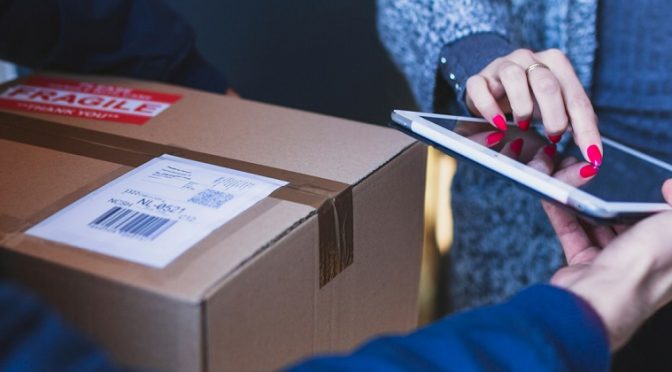
It’s costlier to acquire new customers compared to retaining them. With proper logistics optimization, companies can not only retain customers but also boost satisfaction and lifetime value. In this age of booming retail and e-commerce, logistics optimization is the best asset a company can have.
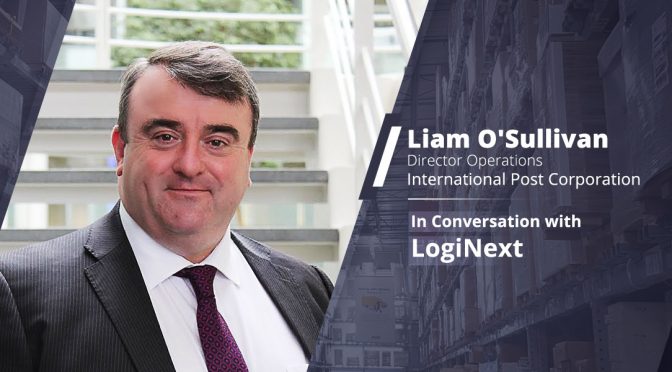
Today we speak to an industry veteran with close to two decades of raw delivery management experience. Liam O’Sullivan has earned matchless following and adulation in his career. He is the Director of Operations at International Post Corporation (IPC), Brussels, Belgium.

With technology, innovation is always around the corner. Some more than others. We have all seen the hikes in interest and following for tech innovations to have them fizzle out. We are at the start of such an upswing. Take a step further back, and you will get to the topic, Blockchain.
LogiNext’s field workforce optimization is machine learning-enabled planning engine which pulls in all the constraints such as preferred time slot visits, avoiding repeat visits, avoiding overlap or mirroring, and also to optimize the service time or time spent at each outlet

The World Bank has said logistical costs swallow up around a quarter of Indonesia’s gross domestic product, citing bottlenecks in supply chains, long dwelling times in ports and lengthy trade clearances. Indonesia’s e-commerce sales are set to rise from 3 percent of retail activity now to 19 percent by 2027, Morgan Stanley estimates.
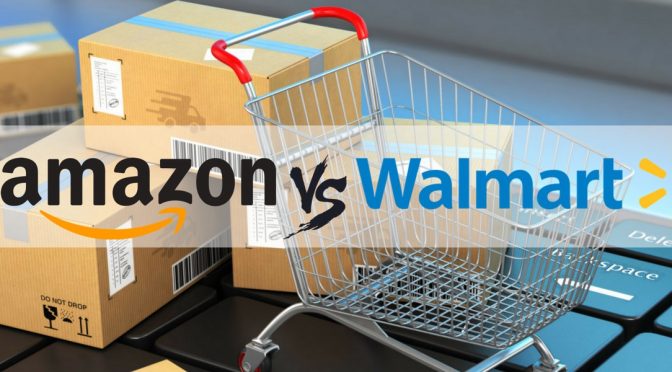
We have seen the Walmart acquiring Jet, Bonobos, Modcloth, and Shoebuy while planning to set up around 1000 pickup locations for online grocery shoppers. Racing Walmart to the front is Amazon with its grand acquisition of Wholefoods to enable faster deliveries with multiple pickup options.

Static planning is a function of yesteryear. Wake up to new-age dynamic route planning for your field agent management. Most of Fortune 500 companies are maximizing the value of their active field agents using intelligent planning and optimization. It’s the most appropriate tool at the hand of managers to reduce costs and improve efficiency.
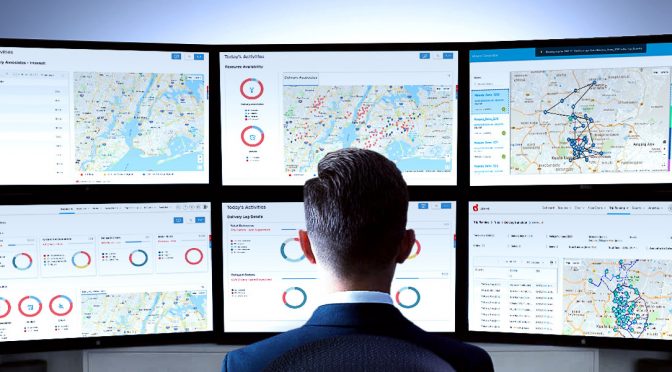
Technology has enabled us to record, plan, allocate, dispatch, track, validate, and analyze all freight movement from a single dashboard with clear and real-time actionable insights in an easy-to-understand format. This leads to an agile, reactive, and dynamic setup for a company’s transportation management system.
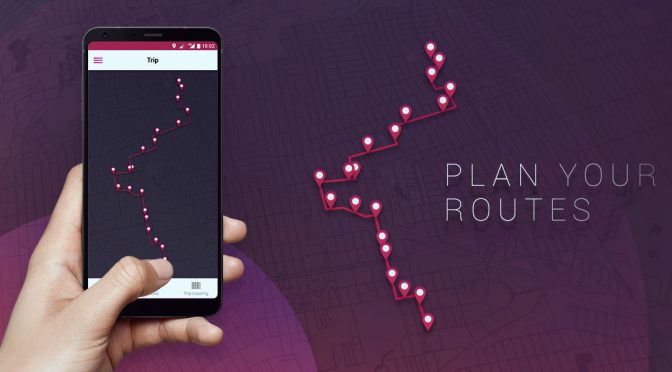
Optimization is doing more with less while sustaining (or bettering) the efficiency of operations. With multiple orders and shipments constantly moving with an excess of customer requests and demand, fulfilling on-time deliveries consistently not only saves costs but also increases the overall brand value for the company.
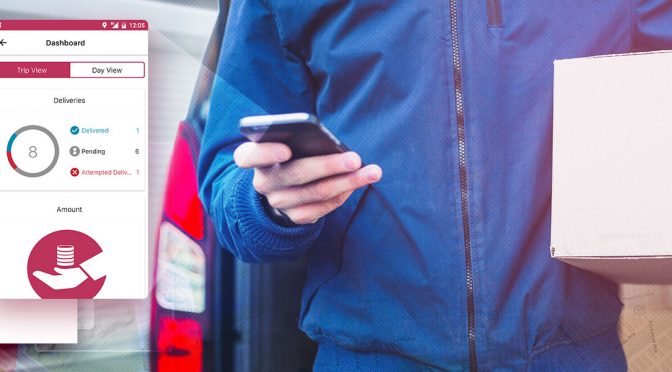
With effective schedules and permanent journey plans for the delivery and field agents, resource movement cost can be reduced while increasing overall resource utilization. Shorter distances traveled with lesser detention leads to higher number of deliveries fulfilled and visits accomplished.
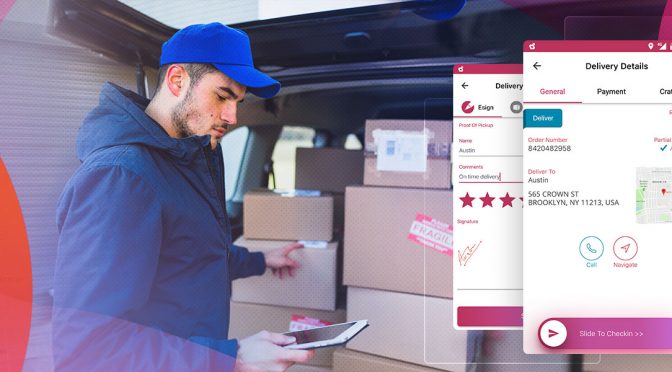
Enterprise mobility solutions are unlocking a new phase of benefits with respect to resource movement efficiency. With multiple industries and markets getting more and more focused on consumerism while finding new and better ways to satisfying the increasing global retail and e-commerce demand.
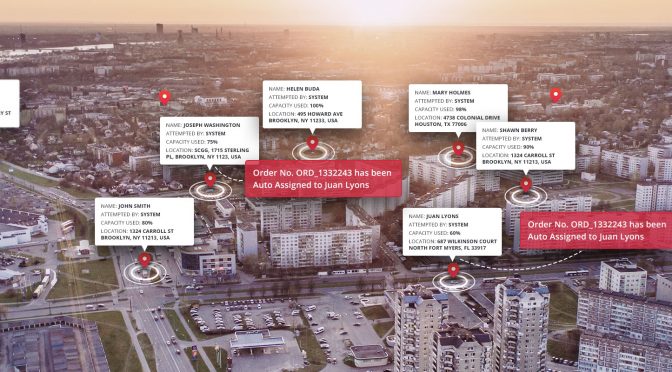
Under-utilized capacity carries a clear cost which adds to the cost-per-unit carried by the resource. It isn’t feasible to run under-utilized resources to fulfill the ever-increasing demand created due to expectations of on-demand, same, or next day deliveries. On-demand and preferred slot delivery (or pick-up) is made more efficient with the use of an auto-allocation engine.
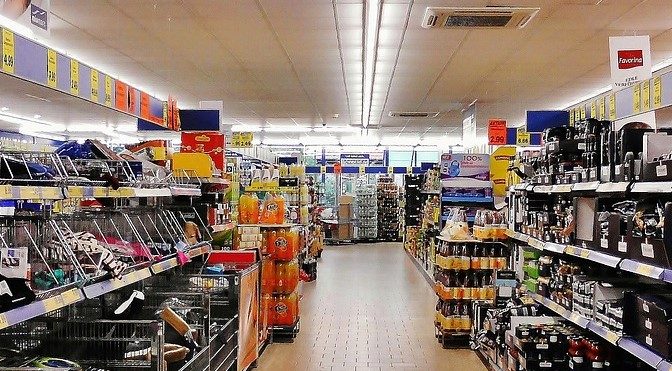
Traditional trade occupies close to 90% in key developing markets. By leveraging cloud-based technology, last mile delivery can be optimized for such distribution networks, bringing in organized patterns within the industry and generate more value for all the stakeholders involved namely the retailers, the distributors, the manufacturers, and the end-customers.
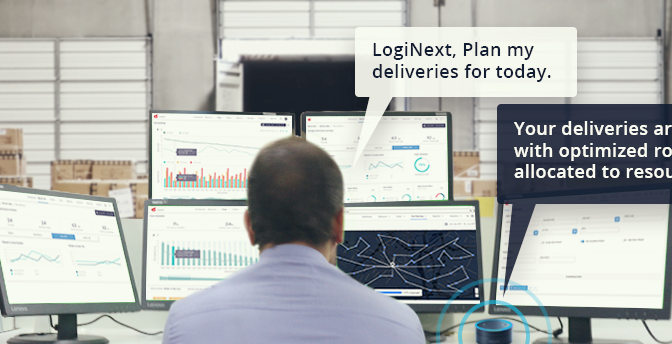
We recently integrated with Alexa, Google Assistant, Cortana, and Siri. Now, the manager can simply relax and instruct their personal assistant to fetch the information for them. Almost anyone can use the personal assistant without any hassle. It doesn’t matter if they are tech-savvy.
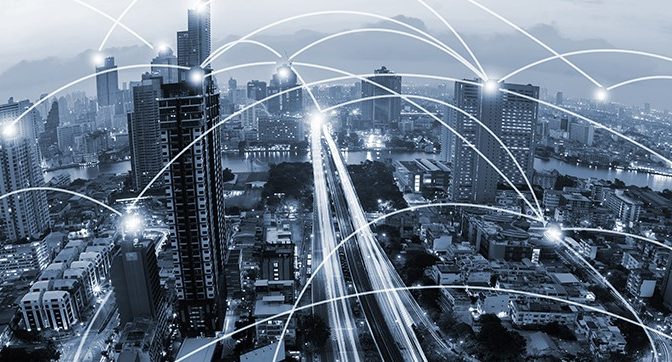
We saw last mile delivery being used as the key input in all omnichannel strategies. We saw localization in distribution strategies centered around making last mile delivery more effective. We also saw machine learning being implemented successfully in logistics and field workforce planning. These trends would be the greatest influencers in 2018 for logistics and field workforce management.
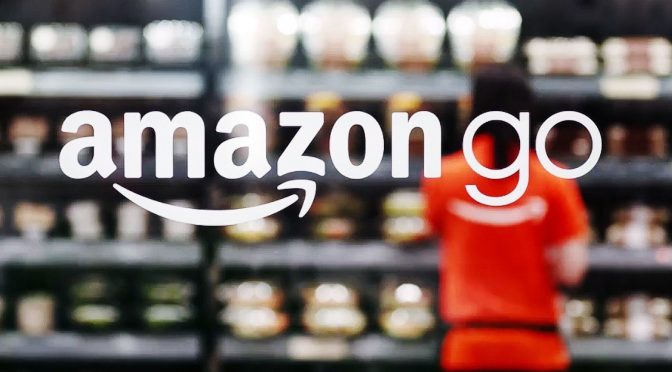
Amazon opened its first brick and mortar retail store in Seattle, Washington, United States. The novelty of this store is that customers can just pick up whatever they want and just walk out of the store. Amazon would just charge the price of the items taken to their Amazon account. They call it the ‘Just Walk Out’ technology. Would it become a game-changer or disruptor in retail?

